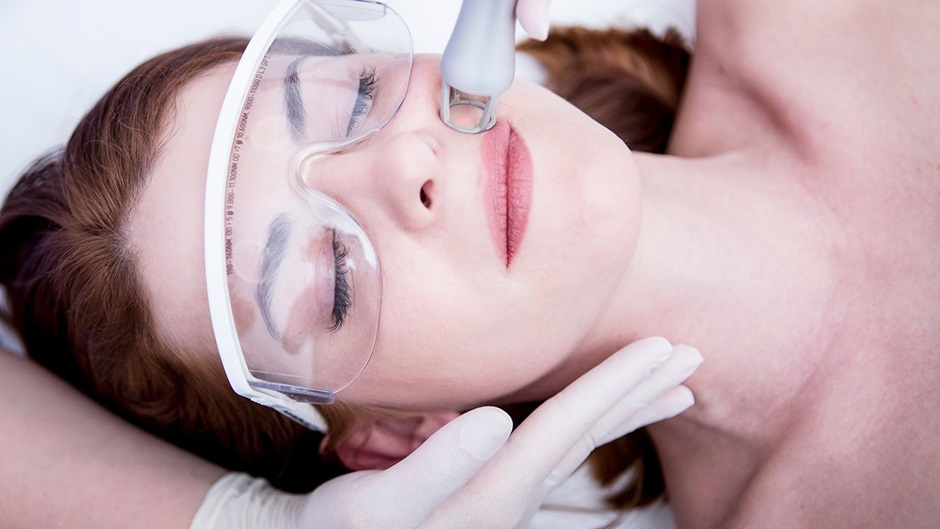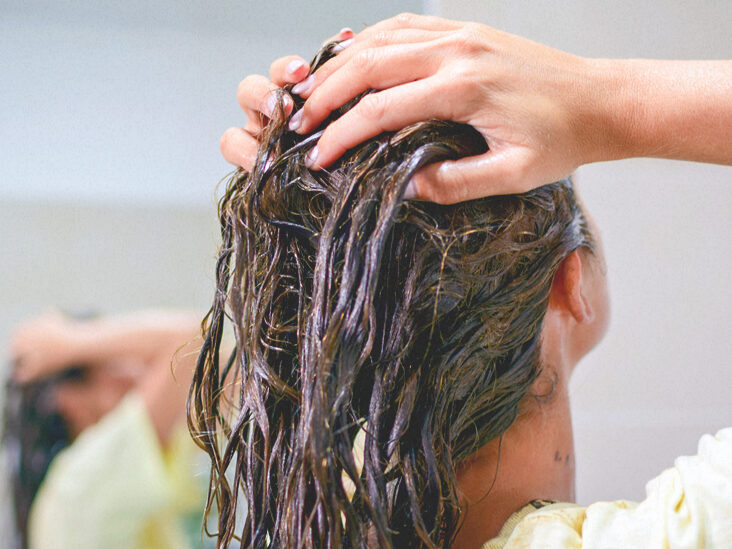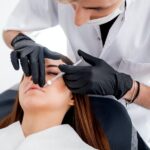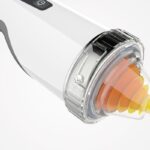In the realm of modern dermatological procedures, Laser Resurfacing Treatment has emerged as a groundbreaking solution for rejuvenating skin and addressing various aesthetic concerns. This advanced technology harnesses the power of focused light to improve skin texture, tone, and overall appearance. In this article, we will explore the myriad benefits of laser resurfacing, the underlying technology, and what patients can expect from this transformative treatment.
Understanding Laser Resurfacing Treatment
Laser Resurfacing Treatment involves the use of concentrated laser beams to target specific layers of the skin. The procedure aims to remove damaged skin cells, stimulate collagen production, and promote the regeneration of healthier skin. There are two primary types of laser resurfacing: ablative and non-ablative.
- Ablative Lasers: These lasers work by removing the outer layers of the skin, which helps to address deeper wrinkles, scars, and sun damage. Examples include carbon dioxide (CO2) and erbium lasers.
- Non-Ablative Lasers: These lasers target the deeper layers of the skin without damaging the outer layer. They are used to treat issues like fine lines, pigmentation, and overall skin texture. Common non-ablative lasers include fractional and pulsed dye lasers.
Benefits of Laser Resurfacing
Laser Resurfacing Treatment offers a wide range of benefits, making it a popular choice for those seeking skin rejuvenation:
- Improved Skin Texture and Tone
One of the most significant advantages of laser resurfacing is its ability to enhance skin texture and tone. By removing damaged skin cells and stimulating collagen production, patients often experience smoother and more even skin. This can be particularly beneficial for those with acne scars, sunspots, or uneven pigmentation. - Reduction of Fine Lines and Wrinkles
Laser resurfacing is effective in reducing the appearance of fine lines and wrinkles. The procedure works by encouraging the skin to produce new collagen, which helps to plump up the skin and diminish the visibility of wrinkles. This makes it an excellent option for individuals looking to counteract signs of aging. - Minimized Appearance of Scars
Whether caused by acne, surgery, or injury, scars can be a significant concern for many individuals. Laser resurfacing can help to diminish the appearance of scars by smoothing out the skin and promoting the growth of healthy tissue. This can lead to a more even and aesthetically pleasing skin surface. - Enhanced Skin Radiance
The removal of damaged skin cells and stimulation of new cell growth can result in a noticeable improvement in skin radiance. Patients often report a more youthful and glowing complexion following the treatment, which can enhance overall facial appearance. - Long-Lasting Results
One of the appealing aspects of laser resurfacing is the longevity of its results. With proper skin care and protection, the improvements achieved through the treatment can be sustained for several years. This makes it a cost-effective option compared to more frequent cosmetic interventions.
What to Expect During and After the Procedure
Laser Resurfacing Treatment is generally well-tolerated, but it is essential to understand what to expect during and after the procedure:
- Pre-Treatment Consultation: Before undergoing laser resurfacing, patients should schedule a consultation with a qualified dermatologist or cosmetic surgeon. During this consultation, the practitioner will assess the patient’s skin condition, discuss treatment options, and develop a customized plan.
- Procedure: The treatment typically lasts between 30 minutes to two hours, depending on the size of the area being treated and the type of laser used. Patients may experience some discomfort during the procedure, which can be managed with topical numbing agents or local anesthesia.
- Recovery: Post-treatment recovery varies based on the type of laser used. Ablative lasers may require a recovery period of one to two weeks, during which patients may experience redness, swelling, and peeling. Non-ablative lasers generally have a shorter recovery time, with minimal downtime and less discomfort.
- Aftercare: Following the procedure, patients should adhere to a skincare regimen recommended by their practitioner. This may include the use of gentle cleansers, moisturizers, and sun protection to support healing and maintain results.
Conclusion
Laser Resurfacing Treatment represents a significant advancement in dermatological care, offering a range of benefits for those seeking to revitalize their skin. By improving texture, reducing wrinkles, minimizing scars, and enhancing overall radiance, this treatment provides a comprehensive solution for various skin concerns. With proper consultation, care, and aftercare, individuals can achieve remarkable and long-lasting results, making laser resurfacing a worthwhile consideration for anyone looking to rejuvenate their skin and enhance their appearance.










